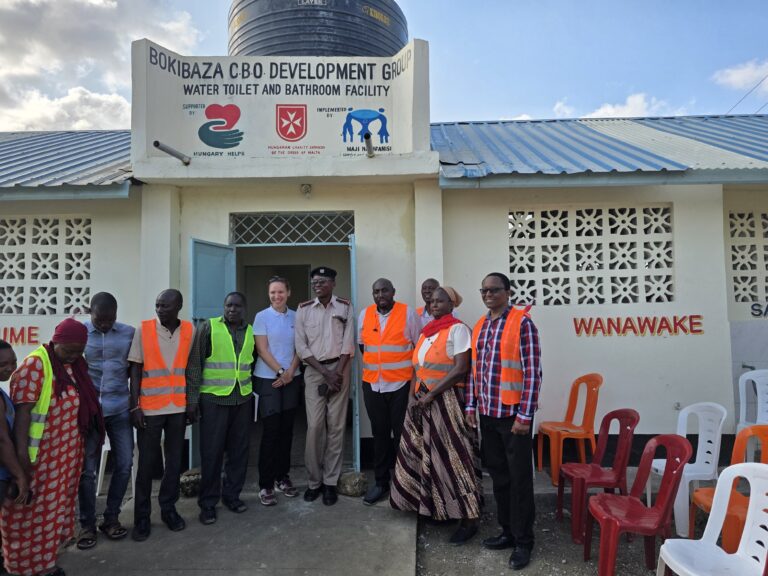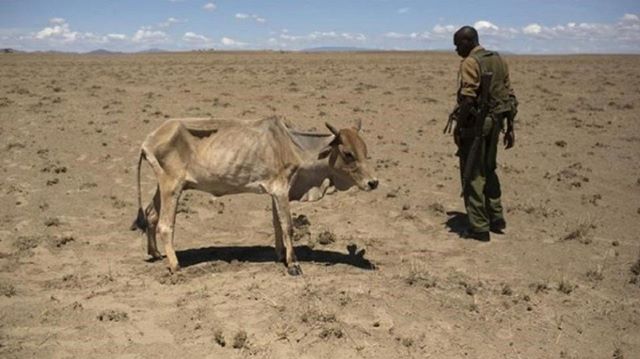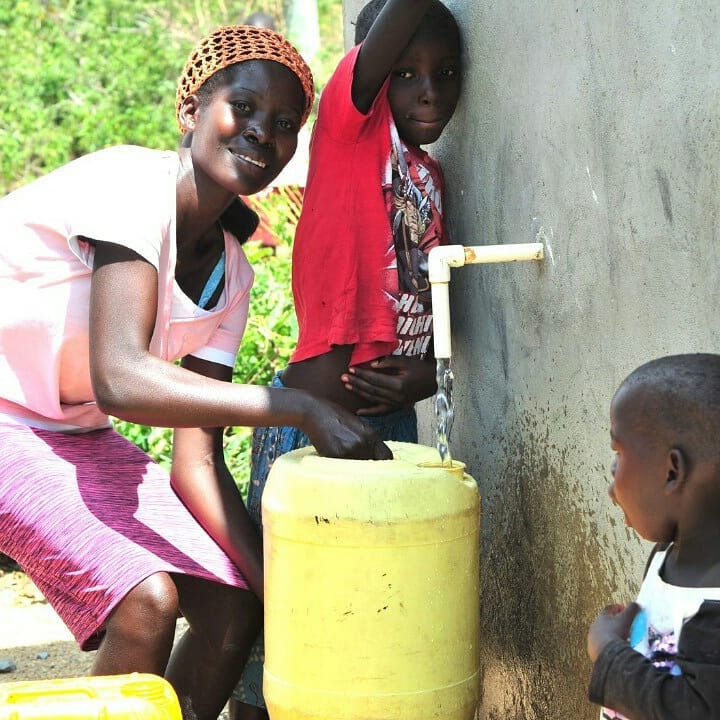Did you know that 26% of the world’s population lacks access to safely managed drinking water, and 46% do not have proper sanitation facilities? The global water and sanitation crisis is not just a health issue—it’s a social and economic challenge that affects billions.
Ensuring universal access to clean water and sanitation is a human right and a crucial step toward achieving the United Nations Sustainable Development Goal 6 (SDG 6): ensuring water and sanitation for all by 2030.
In this article, we’ll explore the importance of water and sanitation, the challenges faced globally and in Kenya’s informal settlements, and how organizations like Maji Na Ufanisi (MnU) are bridging the gap through innovative solutions.
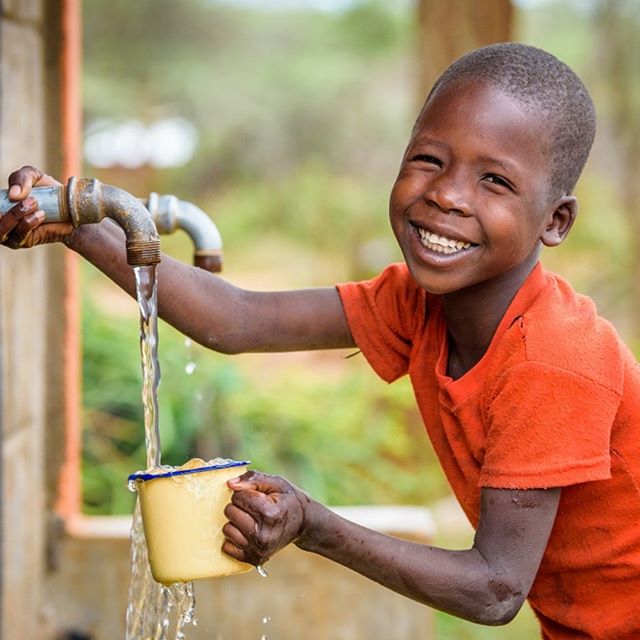
The Global Water and Sanitation Crisis: Why It Demands Urgent Action
Water and sanitation are fundamental to human dignity, health, and economic development. However, the current global water crisis paints a grim picture, with billions of people still lacking access to these essential services.
Staggering Statistics Highlighting the Crisis
- 2.2 billion people—almost one in three globally—lack access to safely managed drinking water.
- 3.6 billion people—nearly half of the world’s population—do not have safe sanitation facilities.
- Every year, 297,000 children under five die due to diarrheal diseases caused by unsafe drinking water, poor sanitation, and inadequate hygiene.
- Women and girls spend a collective 200 million hours daily fetching water, limiting their time for education and economic activities.
- 80% of illnesses in developing countries are linked to inadequate water and sanitation, making it a major public health challenge.
- The global economy loses approximately $260 billion annually due to inadequate sanitation, including productivity losses from illnesses and deaths.
Why the Crisis Warrants More Attention
Despite these alarming figures, progress toward Sustainable Development Goal 6 (SDG 6)—ensuring clean water and sanitation for all by 2030—is off track. The current rate of implementation needs to quadruple to meet this target. The challenges are particularly acute in urban informal settlements, where lack of infrastructure, pollution, and overcrowding exacerbate the crisis.
In Mombasa County, Kenya, many slum dwellers rely on expensive and unreliable water vendors, while unsafe sanitation practices expose them to diseases. This is why organizations like Maji Na Ufanisi (MnU), in collaboration with global and local partners, are stepping in to bridge the gap through innovative solutions such as community-led sanitation programs, public-private partnerships, and policy advocacy.
Ensuring universal access to water and sanitation is not just a social issue—it’s a matter of survival, economic empowerment, and climate resilience. The need for concerted efforts, investment, and stakeholder collaboration has never been greater.
Here’s everything else you need to know about the challenges, solutions, and impact of organizations working to improve water and sanitation globally and in Kenya.
Also read: Water for All: A Powerful Lesson from Mombasa’s Informal Settlements
Challenges in Water and Sanitation Access
Access to clean water and proper sanitation remains a pressing issue in many developing countries, particularly in urban informal settlements. Despite efforts to improve infrastructure and policies, several challenges continue to hinder progress toward Sustainable Development Goal 6 (SDG 6)—ensuring access to safe water and sanitation for all by 2030.
1. Water Scarcity and Pollution
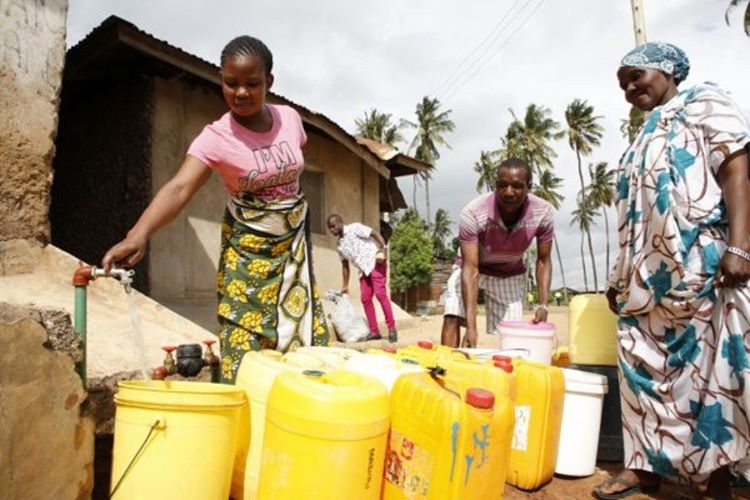
Water scarcity is a growing global crisis, affecting four billion people for at least one month every year. Kenya is classified as a water-scarce country, with an annual per capita water availability of less than 600 cubic meters, far below the international threshold of 1,000 cubic meters per person.
Rapid population growth and urbanization have increased demand for clean water, overwhelming existing infrastructure. At the same time, climate change has led to prolonged droughts, unpredictable rainfall, and depletion of water sources. In rural and semi-arid regions, many people must walk long distances—sometimes up to 10 kilometers—to fetch water.
Water pollution further compounds the crisis. Over 80% of Kenya’s wastewater is discharged untreated into rivers, lakes, and other natural water bodies, contaminating vital water sources. Industrial waste, agricultural runoff, and poor sanitation practices in informal settlements worsen water quality, increasing the risk of waterborne diseases like cholera and typhoid.
2. Poor Infrastructure in Informal Settlements
Cities like Mombasa and Nairobi have large informal settlements where piped water and sanitation facilities are either absent or unreliable. In many slums, households rely on expensive, private water vendors, who often sell unregulated and unsafe water.
Sanitation is another major issue. The lack of proper sewer systems leads to open defecation, overflowing latrines, and contamination of water sources. In Nairobi’s Mathare and Kibera slums, for example, residents use “flying toilets” (plastic bags used for defecation and thrown into the streets), worsening hygiene conditions.
3. Policy and Governance Issues
Kenya’s 2010 Constitution enshrines the right to water and sanitation for every citizen. However, translating this right into reality has been slow due to policy fragmentation, poor enforcement, and weak institutional coordination.
The devolution of water services to county governments was meant to improve service delivery. However, in many counties, bureaucratic challenges, lack of technical expertise, and insufficient funding have stalled progress. Corruption in the water sector has also led to mismanagement of funds and inequitable distribution of resources.
4. Gender Inequality in Water Collection
Women and girls bear the heaviest burden of water collection in many communities. It is estimated that women in Sub-Saharan Africa spend a collective 40 billion hours annually fetching water. This time-consuming chore prevents girls from attending school and limits economic opportunities for women.
Additionally, lack of sanitation facilities in schools disproportionately affects menstruating girls, leading to increased dropout rates. Inadequate privacy and safety concerns also expose women and girls to gender-based violence while fetching water, especially in isolated or conflict-prone areas.
Addressing These Challenges
Overcoming these challenges requires multi-stakeholder collaboration, investment in infrastructure, enforcement of policies, and community engagement. Organizations like Maji Na Ufanisi (MnU) are pioneering sustainable water and sanitation solutions, ensuring that marginalized communities gain access to these essential services.
Innovative Solutions for Water and Sanitation
Addressing the global water and sanitation crisis requires sustainable, community-driven, and policy-backed solutions. Innovative models, public-private partnerships, and policy advocacy are crucial in bridging the gap between demand and supply, especially in informal settlements and marginalized communities.
1. Community-Based Water and Sanitation Models
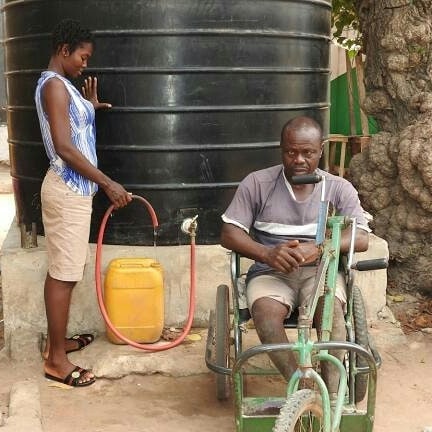
Community-led initiatives have proven to be one of the most effective ways to improve water, sanitation, and hygiene (WASH) services in low-income areas. Organizations like Maji Na Ufanisi (MnU) have introduced pay-per-use sanitation facilities in informal settlements, which ensure affordable, sustainable, and dignified access to clean toilets and safe drinking water.
These community-managed sanitation blocks generate revenue that is reinvested into maintenance, expansion, and employment opportunities for youth and women. In Mombasa’s Bangladesh slum, MnU’s sanitation project provided thousands of residents with clean water and proper toilets, drastically reducing waterborne diseases and improving overall hygiene standards.
2. Water Conservation and Rainwater Harvesting
As water scarcity worsens due to climate change and rapid urbanization, conservation strategies like rainwater harvesting are becoming increasingly essential. Collecting and storing rainwater can supplement existing water supplies, particularly in arid and semi-arid regions where water sources are limited.
Simple solutions, such as rooftop rainwater collection systems, can provide clean drinking water for households and schools. Additionally, proper drainage and wastewater treatment systems prevent water contamination and flooding, improving water security and public health.
3. Public-Private Partnerships in WASH
Collaborations between governments, NGOs, and private sector players have proven effective in scaling up water and sanitation solutions. MnU has successfully partnered with the County Government of Mombasa through a Memorandum of Understanding (MOU) to introduce and manage WASH projects.
These partnerships provide the financial resources, technical expertise, and infrastructure needed to improve water access. For example, MnU’s collaboration with Hungarian Charity Service of the Order of Malta (HCSOM) has facilitated innovative WASH solutions, such as the construction of community-managed toilets and water kiosks.
4. Policy Advocacy and Community Engagement
Policy advocacy plays a crucial role in ensuring sustainable and equitable water access. MnU actively works with local, national, and international stakeholders to enforce water governance policies and secure funding for WASH projects.
At the community level, MnU involves residents in decision-making processes, ensuring that WASH projects align with local needs and cultural practices. By training youth, women, and community-based organizations (CBOs), MnU fosters a sense of ownership, leading to long-term sustainability of water and sanitation services.
By integrating community-led solutions, innovative water conservation strategies, strong partnerships, and policy advocacy, we can move closer to achieving universal water and sanitation access.
Case Study: Maji Na Ufanisi’s Impact in Kenya
Maji Na Ufanisi (MnU) has played a pivotal role in transforming water, sanitation, and hygiene (WASH) access in Kenya, particularly in urban informal settlements and marginalized communities. Through strategic partnerships, community engagement, and innovative approaches, MnU has improved the lives of thousands of people by ensuring access to clean water, proper sanitation, and sustainable livelihoods.
1. Bangladesh Informal Settlement, Mombasa
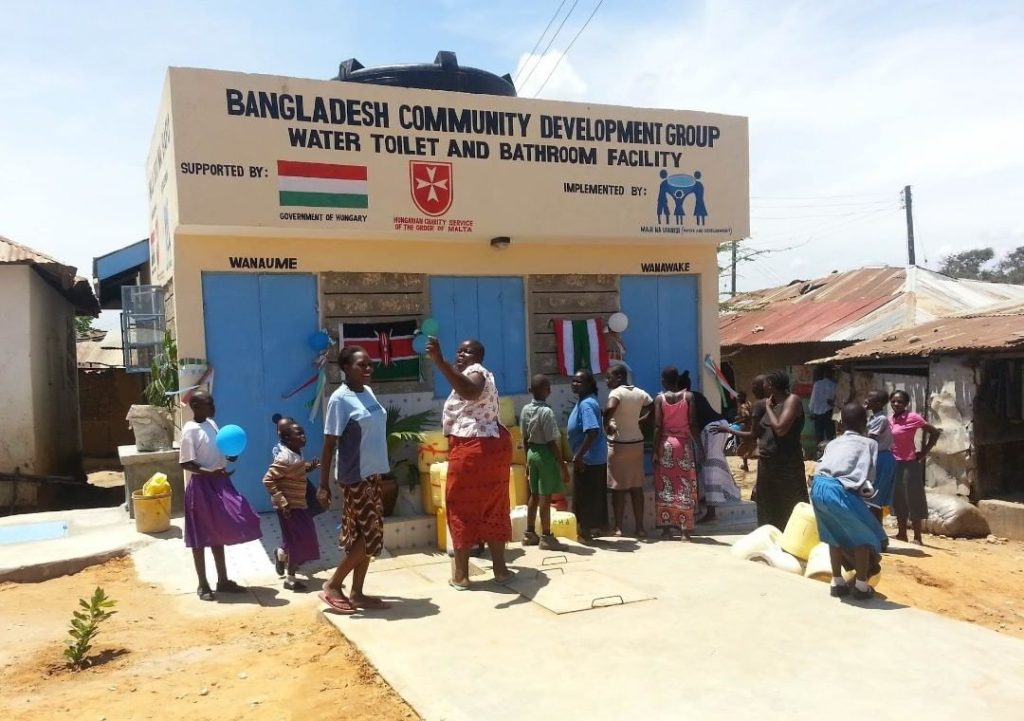
The Bangladesh informal settlement in Mombasa has long struggled with limited access to safe water and sanitation, leaving residents vulnerable to waterborne diseases and poor hygiene conditions. Recognizing this urgent need, MnU, in partnership with the Hungarian Charity Service of the Order of Malta (HCSOM), developed a pioneering sanitation facility that introduced piped drinking water and pay-per-use sanitation services to the settlement.
This initiative significantly improved hygiene standards, reduced open defecation, and minimized the spread of diseases. Furthermore, the facility’s community-managed model ensures sustainability, as local residents take ownership of operations and maintenance.
2. WASH Programs in Public Schools
Inadequate water and sanitation facilities in public primary schools have been a major barrier to education, particularly for girls. MnU has addressed this challenge by rehabilitating school toilets, installing handwashing stations, and improving access to clean drinking water.
These improvements have boosted school attendance, enhanced student health, and provided a safer, more dignified learning environment. By prioritizing hygiene education, MnU also ensures that children adopt lifelong healthy practices.
3. Empowering Youth and Women in WASH Projects
MnU’s impact goes beyond infrastructure—it actively empowers youth and women by providing training and employment opportunities in WASH-related services. By equipping them with skills in sanitation management, facility maintenance, and community health education, MnU creates economic opportunities while ensuring sustainable service delivery.
Through these initiatives, MnU continues to bridge the water and sanitation gap, improve public health, and uplift communities across Kenya.
The Role of Academia and Research in Water and Sanitation
Water and sanitation are not just humanitarian concerns—they are scientific, economic, and social imperatives. The world cannot solve the WASH (Water, Sanitation, and Hygiene) crisis without solid research, data-driven policies, and evidence-based solutions. This is why Maji Na Ufanisi (MnU) collaborates with St. Paul’s University and other academic institutions to bridge the gap between theory and real-world implementation.
By combining field experience with academic rigor, MnU ensures that water and sanitation solutions are scalable, impactful, and sustainable. A prime example of this knowledge exchange is the “Conversations on Urban Informal Settlements” webinar, where experts from MnU and Hungarian Charity Service of the Order of Malta (HCSOM) shared valuable lessons from their work in Mombasa’s informal settlements. These discussions provide practical insights for policymakers, development practitioners, and local communities, ensuring that research translates into actionable change.
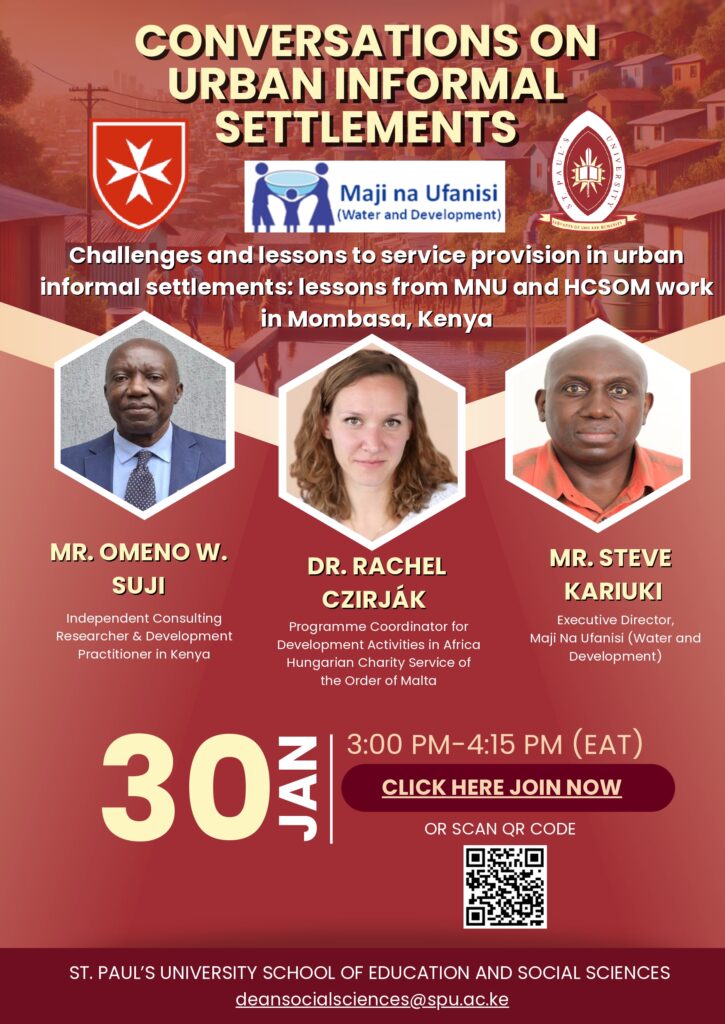
This partnership is a testament to MnU’s credibility and authority in the WASH sector. St. Paul’s University, known for its academic excellence and commitment to social change, plays a crucial role in fostering innovation, policy advocacy, and training for the next generation of WASH professionals.
Collaboration between academia and NGOs like MnU creates lasting impact—from influencing policy at national levels to improving daily lives in underserved communities. When research meets real-world challenges, we move closer to achieving universal clean water and sanitation.
How You Can Help Improve Water and Sanitation Access
The global water and sanitation crisis affects billions, but together, we can be part of the solution. Whether through donations, advocacy, or simple everyday actions, your contribution matters. Here’s how you can make a lasting impact:
1. Support Organizations Like MnU
Nonprofits like Maji Na Ufanisi (MnU) work tirelessly to provide clean water and sanitation to marginalized communities. By donating, volunteering, or spreading awareness, you directly support life-changing initiatives that provide safe drinking water, build sanitation facilities, and educate communities. Every contribution—big or small—helps save lives and improve health.
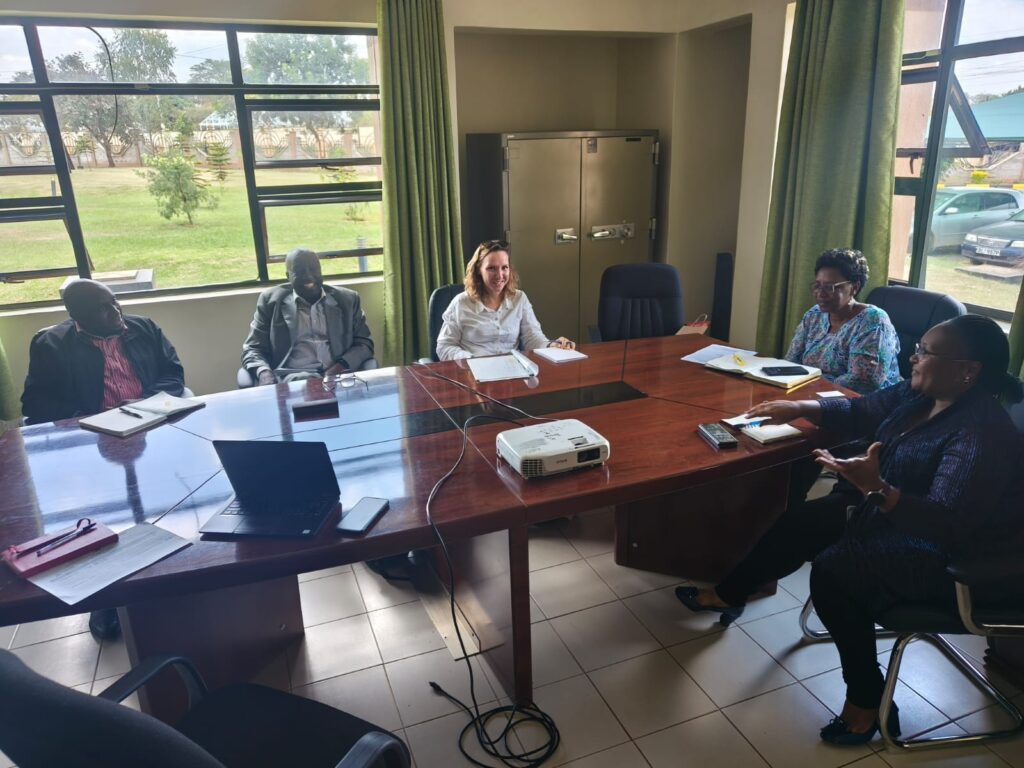
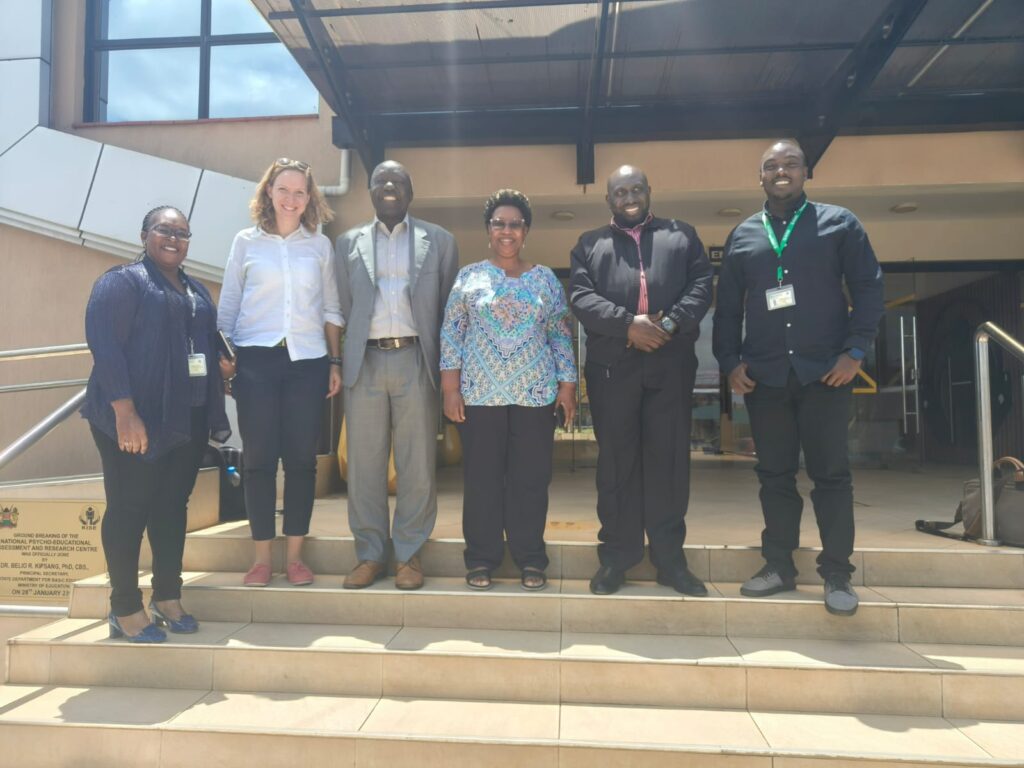
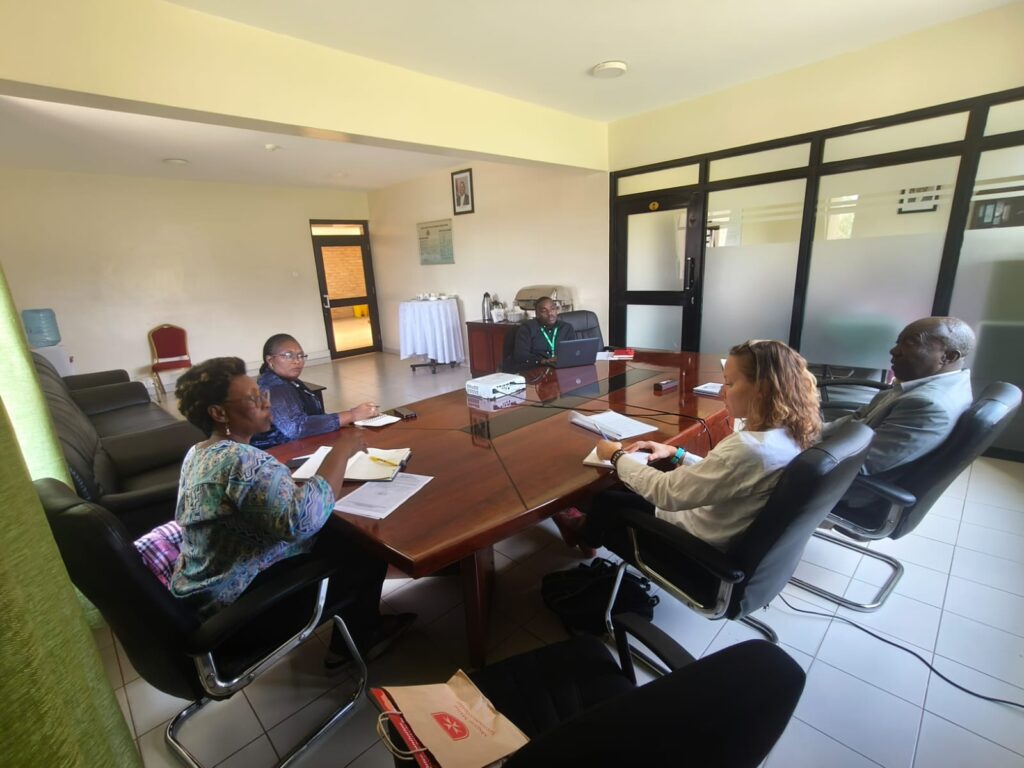
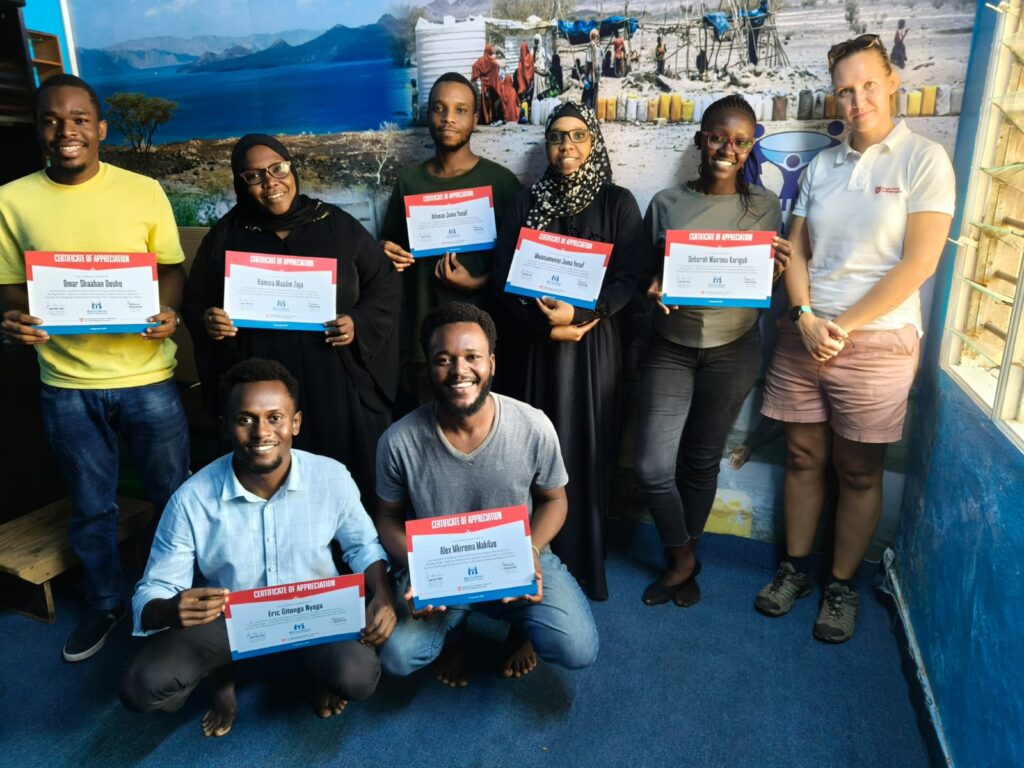
2. Advocate for Better Water Policies
Clean water is a human right, yet millions still lack access. Your voice can drive change. Contact local leaders, sign petitions, or join campaigns that push for better water governance, increased funding for WASH projects, and stronger environmental protections. When citizens demand action, governments listen.
3. Adopt Sustainable Water Use Practices
Conservation starts at home. Fix leaks, install water-efficient appliances, and harvest rainwater to reduce water waste. By making small changes, you lower your water bill and help protect vital resources for future generations.
Access to clean water and sanitation is not just a goal—it’s a shared responsibility. Let’s work together to create a world where everyone has access to safe, clean water. 💧
Final Word: Water and Sanitation for All
Access to clean water and sanitation is not just a development goal—it’s a necessity for health, education, and economic growth. While challenges persist, innovative solutions like community-led WASH projects, policy advocacy, and public-private partnerships are making a difference.
Organizations like Maji Na Ufanisi (MnU) continue to lead efforts in Kenya, transforming lives through sustainable water and sanitation initiatives. With continued support, collaboration, and awareness, we can achieve SDG 6 and ensure Water for All.
FAQs
- What is SDG 6?
SDG 6 aims to ensure universal access to clean water and sanitation by 2030. - How does poor sanitation affect health?
Poor sanitation leads to diseases like cholera, typhoid, and diarrhea, especially in informal settlements. - What role does MnU play in improving WASH in Kenya?
MnU provides community-managed water and sanitation facilities, advocates for policy reforms, and collaborates with stakeholders to improve WASH access. - What are pay-per-use sanitation facilities?
These are affordable, community-managed toilets and showers that help sustain WASH services in informal settlements. - How does water scarcity impact women and girls?
Women and girls spend hours fetching water, reducing their time for education and economic activities. - What are some water conservation methods?
Rainwater harvesting, fixing leaks, and using water-efficient systems help conserve water. - How can I contribute to WASH projects?
You can donate, volunteer, or advocate for better water policies in your community. - What are the major WASH challenges in urban slums?
Poor infrastructure, pollution, overcrowding, and lack of government investment are key challenges. - What is the significance of community involvement in WASH projects?
Community participation ensures sustainability and effective management of water and sanitation facilities. - What partnerships exist in Kenya’s WASH sector?
MnU collaborates with the County Government of Mombasa, NGOs, private sector players, and academic institutions to improve water access and sanitation.
By implementing sustainable water solutions and promoting hygiene education, we can create a healthier, more equitable world for all. 🌍💧

